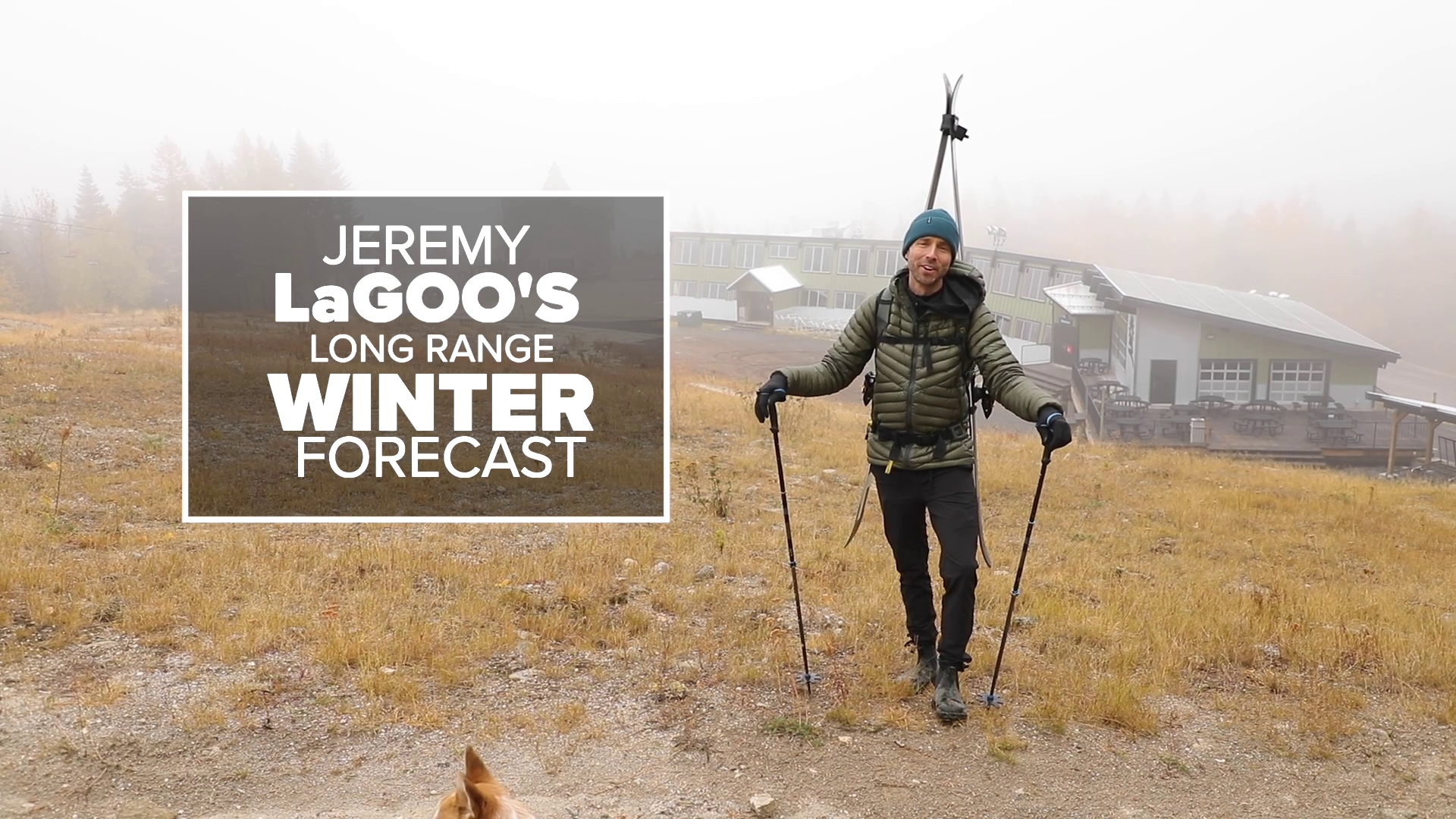SPOKANE, Wash. — A long-range forecast is a difficult thing. A single week can dominate the memory of an entire season or even change the data we look back on later.
Let’s dive in.
There’s been a lot of talk about La Niña in recent months. While the forecast still favors La Niña conditions by winter, it hasn’t arrived yet. NOAA estimates a 60% chance of La Niña emerging by the end of fall, with slightly higher odds as winter begins.
La Niña tilts the scales toward a colder, snowier winter across the Northwest.
Strengthening trade winds in the equatorial Pacific cause upwelling of cool, deep ocean waters. This simple change cools regional temperatures, creating a blocking ridge of high pressure. The ridge pushes the jet stream north, bringing cooler temperatures and a more active storm pattern to the Northwest.
On paper, the drop in temperatures is subtle, and the storm track doesn’t shift drastically. However, it’s enough to cause substantial changes in winters here in the Inland Northwest.
At lower elevations, average temperatures hover around freezing for most of the winter. A small drop means more time below freezing, turning precipitation into snow rather than rain.
Even in Spokane, rain during the dead of winter is normal. But when it turns into snow, not only do we see more snow throughout winter, but it also stays on the ground longer.
It’s easy to cite 30-year averages and say things like, “Spokane typically sees 46 inches of snow in a given winter,” or “Coeur d’Alene averages about 70 inches annually.” However, those numbers don’t always reflect how we deal with the snow when it comes.
This winter, you’ll likely notice more snow, and it will stay on the ground longer—a stark contrast to the brown grass we saw so often last winter. It will feel more like the winters that were common not so long ago.
Snow is beneficial. It replenishes the ground moisture we desperately need. The slow spring melt provides prolonged moisture, crucial for getting through the hot, dry summer months. It’s our best chance to end a multi-season drought.
One last note: La Niña isn’t here yet. However, signs point to it forming in the coming months. While this climatological pattern doesn’t guarantee a cold, snowy winter, seven out of 10 La Niña winters are colder and snowier than average. Three of our snowiest winters on record were La Niñas, including one that developed late.

